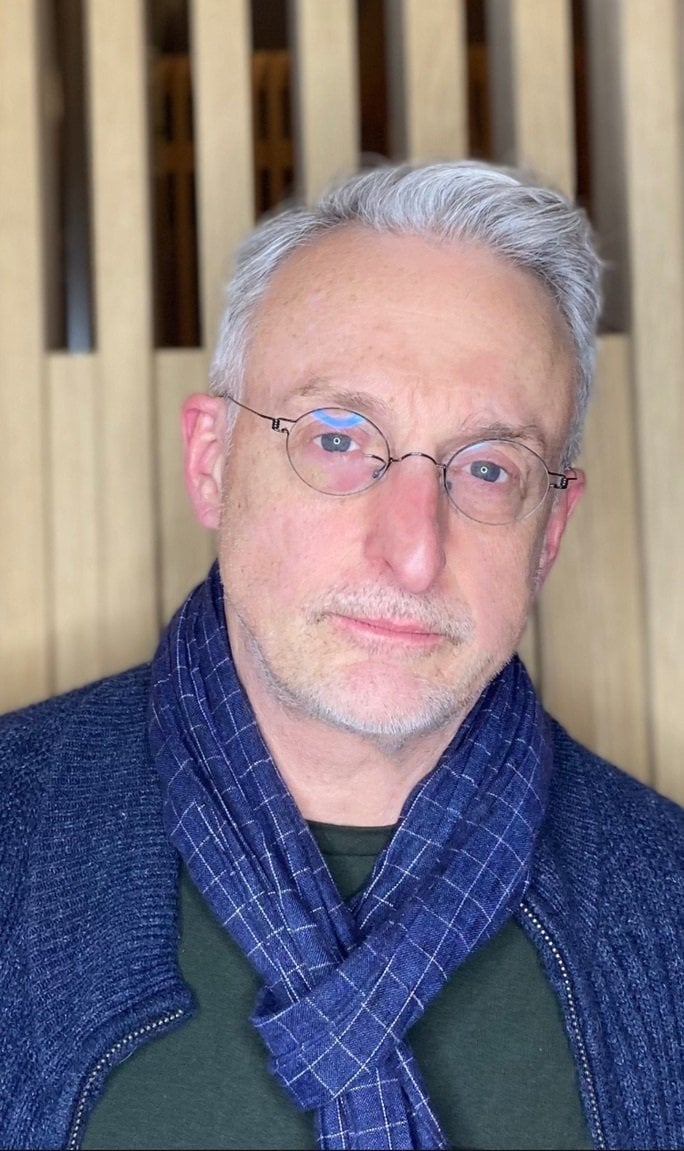WebMD is one of the world’s most comprehensive sources of medical information, both for doctors and consumers. It shoots and edits a tremendous amount of video, since so many want to consume information that way. Meanwhile, the Covid-19 pandemic radically increased the urgency of WebMD’s work. And the crisis also transformed how it had to produce video.
A new kind of cloud-computing video-editing software called LucidLink has exploded during the pandemic, because it enables production teams to work from anywhere. At a time when every kind of worker, including video editors and producers, decamped to homes or remote offices, LucidLink lets them work just as they once did in offices that had giant servers attached to vast amounts of video storage. Zachary Bennett, who oversees multimedia at WebMD, says he is astonished with what the company has been able to achieve with LucidLink: “With a team that is now all over the world, there would be no other way.”

Bennett oversees 20 full-time editors, 20 producers, plus program managers and about 50 outside vendors that contribute one way or another to its videos. Many are in Europe as well as multiple parts of the U.S. All now have accounts on LucidLink, in a setup developed as a collaboration between the video-editing startup, editing software leader Adobe, and cloud-computing giant IBM. Adobe thus helps customers work remotely. And IBM deployed a special version of its service for LucidLink and Adobe, with customized cloud pricing taking into account video producers’ special needs.
LucidLink’s groundbreaking editing software enables multiple editors and producers to work on the same piece of footage at the same time, regardless of where they may be. “It feels kind of magical,” says Bennett. Never before has cloud software for video editing worked so much like systems in offices just down the hall from a giant server. LucidLink was founded by network software veterans not only for video but to enable remote teams to work on any kind of large digital file, simultaneously. But where it has taken off most dramatically during the pandemic has been for operations like Bennett’s. The LucidLink/Adobe/IBM partnership was established just as the pandemic was getting underway, and now has customers using it to edit video in a large range of industries. Just about every company in one way or another these days is a video company.
WebMD has two main brands–Medscape for medical professionals, and WebMD for consumer medical information. It cranks out about 55 medical-information videos every week. Over two-thirds of the 2800 videos it made in 2021 were for Medscape. A huge number, historically, were shot at medical conferences all over the world. “We might be in Paris shooting 70 or so programs at a conference,” says Bennett, speaking of the days before the pandemic. “And after we got it done we’d still have to get the footage back to New York, where we had the brains of the operation.” WebMD’s production center there housed a 400-terabyte server, for editors and producers to pull video back and forth from, as it got finalized. Sometimes the companies sent entire teams, including editors and lots of hardware, on site. “We would camp out at the American Heart Association and have two studios and film doctors working all day long,” says Bennett. “But now editors won’t have to travel there.”

In March 2020, shortly after the pandemic’s gravity became clear and the entire world started shutting down, Bennett’s crew started producing a daily news show called “Coronavirus in Context.” It hosted Anthony Fauci and the heads of the FDA, CDC, and the Surgeon General, among many others. But the vast majority of production staff, who formerly mostly worked in the New York office, had decamped to their homes. “It was a perfect place to try LucidLink,” explains Bennett. “We tried a few other systems first, which were not good.”
“I planned on trying out LucidLink for a few months just for this news show,” he says. “But we set it up and it became very clear within a matter of weeks, or even less, that this was the answer to our problems. A month after we started this proof of concept, I said we just need to roll this out.” In the past, like most video operations, WebMD had employed miscellaneous tools to accommodate staff who were not all together. For one, it shipped around big digital hard drives, a common pattern in video and movie industries. Says Bennett: “We used everything under the sun–WeTransfer, and Fedex for sure.”
Once the company committed to using LucidLink, the challenge was no longer so much how to edit remotely as how to get staffers believing it was possible. “The hardest part was it took a few months of convincing my editors. They insisted on downloading projects to their local drives, and I had to demonstrate to them that they could just work off LucidLink,” says Bennett. On an editor’s desktop the LucidLink software shows up just like any other drive or storage device the computer is plugged into, and accessing files feels as if they’re coming off your own hard drive.
“There’s no question this is the future of our business,” enthuses Bennett. One reason: WebMD is now able to hire editors all over the world. “It opened us up to hire a very good, diverse talent pool,” he explains. Like most managers these days, he just assumes that going forward work will be less office-centric. But if editors, like everyone else, are now often remote, WebMD’s multimedia group is not going to have any problem producing its videos.
















